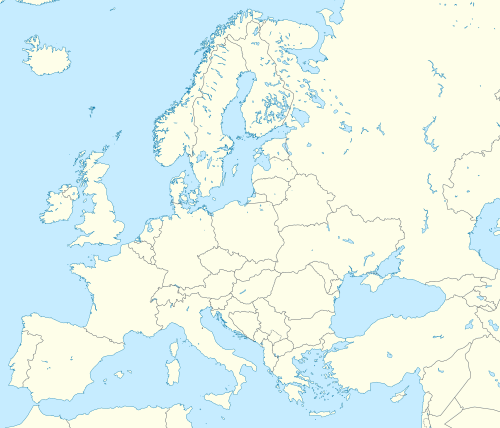| Winners | |
|---|---|
| Overall | |
| Nations Cup (unofficial) | Austria |
| Competitions | |
| Venues | 1 |
| Individual | 2 |
| Cancelled | 2 |
The 1992/93 FIS Ski Flying World Cup was the 3rd official World Cup season in ski flying awarded with a small crystal globe as the subdiscipline of the FIS Ski Jumping World Cup.


